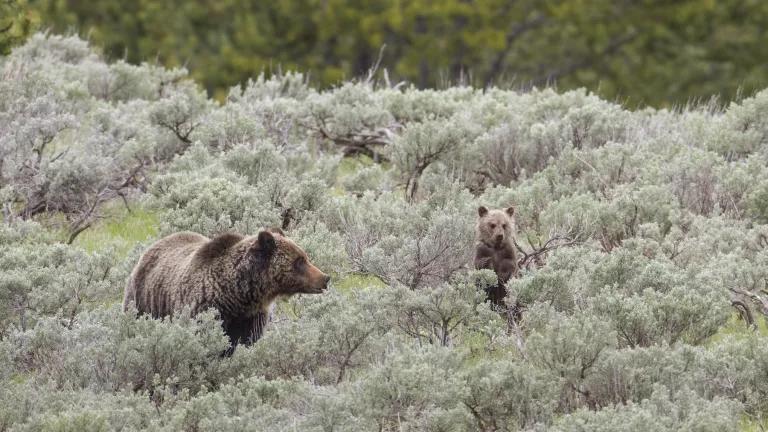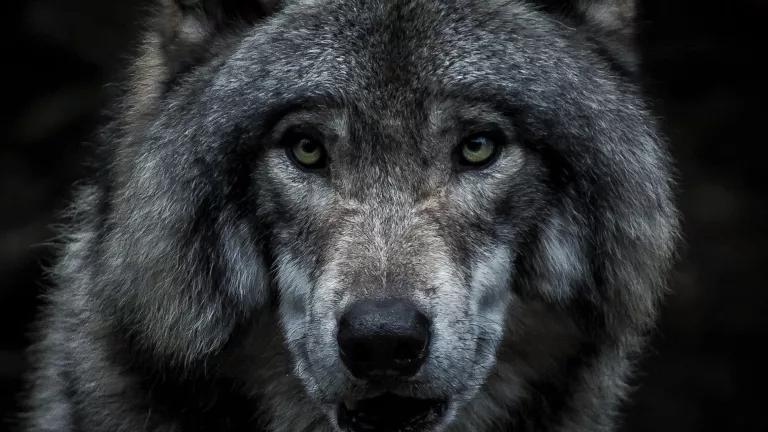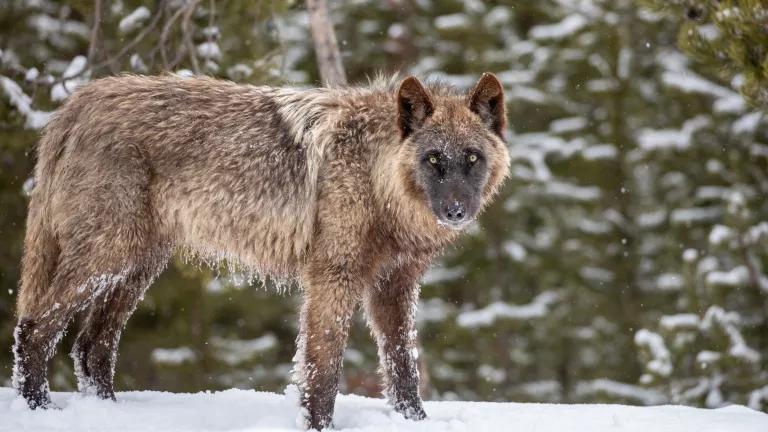
Deer are abundant in many parts of the U.S., including in both forested woodlands and urban areas—where they are more likely to end up in neighborhoods and on highways.
My earliest memory involving a vehicle-wildlife collision occurred on a dark winter night not long after I received my driver’s license. As I crawled along a forest-lined road, I looked ahead to see a car pulled over onto the shoulder of the on-coming lane. The headlights beamed towards me, illuminating tunnels of snowflakes as they floated softly to the ground. Perfectly silhouetted against the car’s brights, a man kneeled over the body of a dying white-tailed deer. I watched him draw his hands together in prayer, as wisps of his breath swirled through the cold air to coalesce with the steam coming off of the deer’s body. The snow, the silence, the silhouettes. It was a strangely poetic scene that has stayed with me ever since—a rare glimpse of a person acknowledging the human impact on wildlife in its rawest form.
Most people have their own personal story about a vehicle-wildlife collision, though the stories are usually more jarring than mine. The reality is that these types of collisions happen with alarming frequency, causing harm and loss to people, property and animals. Even as the total number of car crashes in the U.S. has decreased over time, vehicle-wildlife collisions have increased. According to a federal report, each year in the United States, an estimated 1-2 million vehicle collisions with large animals cost over 8 billion dollars to the economy. In Montana, the stats are particularly alarming: State Farm Insurance Company ranks Montana number two on a list of states with the highest number of vehicle-large ungulate collisions, estimating a 1 in 57 odds of a driver experiencing a deer collision (in a year). Montana drivers are tragically killed and injured in some of these collisions each year, and wildlife are even more likely to die from collisions (refer to this data from Montana, though the death toll is vastly under-reported by carcass removal counts alone).
Aside from injury and death, roadways contribute to loss, degradation and fragmentation of wildlife habitat. While our roads and highways are crucial for facilitating the travel and transfer of people and products, they create barriers for wildlife that also need to travel to find food, mates or suitable habitat and climate conditions. In northwestern Montana alone, 17 grizzly bears were killed or removed specifically as a result of vehicle collisions in the last year, including an instance of a mother and two cubs being struck down. The relatively small population numbers of these iconic bears (compared to ungulates and many other species) and the need for isolated grizzly populations to connect to ensure genetic diversity and long-term population viability is reason to take these numbers very seriously.

Breeding-age female grizzly bears, like the one shown here, are critical to the long-term recovery of the species.
Encouragingly, the Montana Department of Transportation (MDT) seems to be doing just that. This month, MDT, Montana Fish, Wildlife & Parks (FWP), and a number of conservation organizations came together in Helena, Montana for the first-ever Montana Wildlife and Transportation Summit. Each participating group agreed to a common mission: reduce vehicle-wildlife collisions, for the sake of protecting people, property and wildlife alike. MDT’s mission statement suggests “sensitivity to the environment” is a key consideration of providing a transportation system in the state. At the summit, MDT state director Mike Tooley pointed out that wildlife are an important component of the environment. He made a commitment on behalf of the agency to seek out new opportunities for protecting wildlife, saying, “We have heard you” to FWP and the conservation groups who advocate on behalf of wildlife.
There are already compelling examples of collaborative efforts to reduce vehicle-wildlife collisions and provide opportunities for wildlife to move safely across the landscape, including in Montana, Washington and Canada. By incorporating wildlife accommodations more broadly into our road construction (like over and underpasses, fencing, jump-outs or animal detection systems), we can export these models of success to new parts of the U.S., with real human, economic, and environmental benefits.
MDT pointed to funding as a major barrier to building crossings and other types of wildlife accommodations into our roadways. At the same time, the agency showed enthusiasm for creating a safer landscape for wildlife, building partnerships to accomplish this goal and thinking outside of the box. And previous successful efforts have shown us that funding limitations can be overcome by prioritization, initiative, creativity and collaboration between agencies, NGOs and other partners. Given the evidence that the benefits of preventing vehicle-wildlife collisions can exceed the costs and improve safety for people and animals, perhaps we can’t afford not to embed wildlife accommodations into our roadscapes.

Wildlife crossing warning signs are widely used in the U.S., though more evidence is needed as to how effective they are at reducing vehicle-wildlife collisions.



